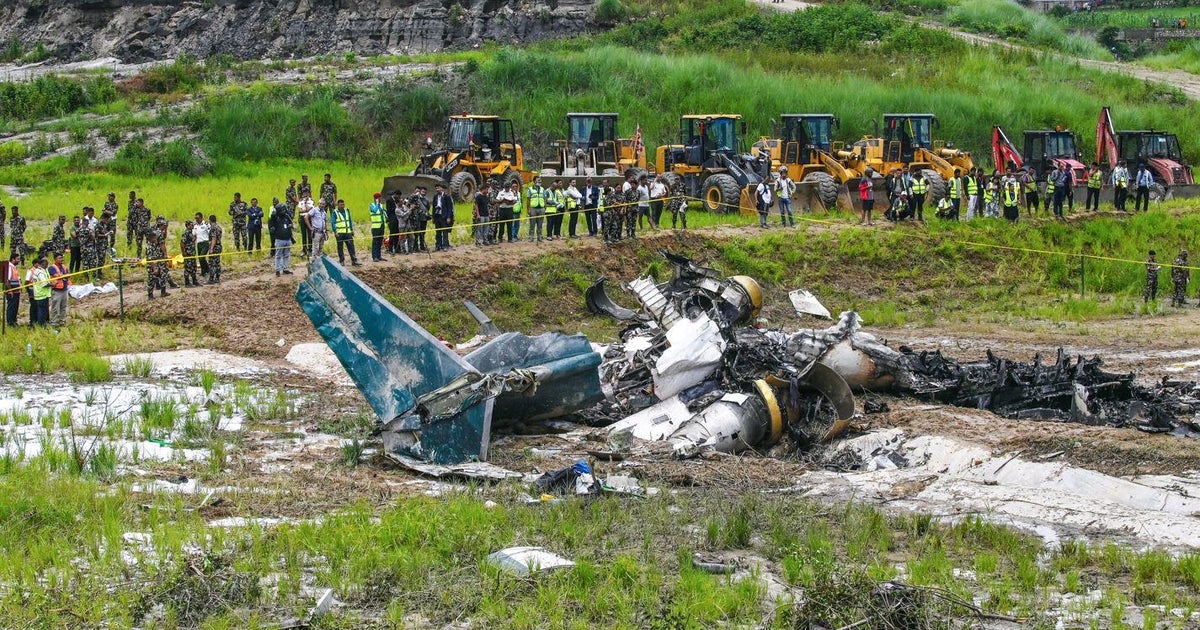Massive fireball lights up night sky across large swath of U.S.
A glittering fireball ignited evening skies over vast sections of the eastern United States and parts of Canada on Wednesday night, as it entered earth's atmosphere and promptly burned up. The dazzling display was reported by more than 200 observers on the ground in 11 U.S. states and Ontario, according to data collected by the American Meteor Society.
Most people who spotted the meteor Wednesday night reported seeing it between 6:45 and 7 p.m. EST, the data shows, and most individual sightings lasted from 1 to 7 1/2 seconds. But a handful of reports indicated that the falling space rock lingered for quite a while longer than that before disappearing, with one report out of Augusta, West Virginia, and another out of Front Royal, Virginia, saying the fireball was visible for as long as 20 seconds.
Some sightings were particularly vibrant even if they were brief. Ring camera footage shared online by Lyndon, Virginia, resident Donald Bradner showed a bright burst of light zooming through skies over nearby Maryland. The footage was obtained by CBS affiliate WUSA-TV. Additional sightings Wednesday night happened farther north in Pennsylvania and into the Midwest, with at least one documented in Westlake, Ohio, and another in Southfield, Michigan, according to the news station.
"Meteors are harmless and never hit the surface of the earth. Meteorites, on the other hand, do hit the earth before they burn up," said Topper Shutt, a meteorologist at WUSA, in a report late Wednesday on the latest sightings.
Scientists have estimated that about 48 1/2 tons of meteoritic material falls on Earth every day, according to NASA. When a space rock enters the atmosphere on its own and burns up, it's called a meteor, or shooting star. Those that are especially bright — sometimes appearing even brighter than Venus — it's called a fireball.
The space rocks are called meteoroids before descending down toward earth, and they can vary greatly in size. Some are as small as a grain of dust, while others are as large as an asteroid. Most of them are pieces that broke off of larger objects in space, like comets or even the moon and other planets. Meteoroids can be rocky, metallic or a combination of both, according to NASA.
One exceptionally bright fireball was seen by hundreds across the mid-Atlantic region of the U.S. last September. NASA said at the time that the fireball appeared as bright as a quarter moon, and scientists determined that the original meteoroid from which it came was a small fragment of an asteroid. The asteroid may have come from the Asteroid Belt between Mars and Jupiter, they said.



